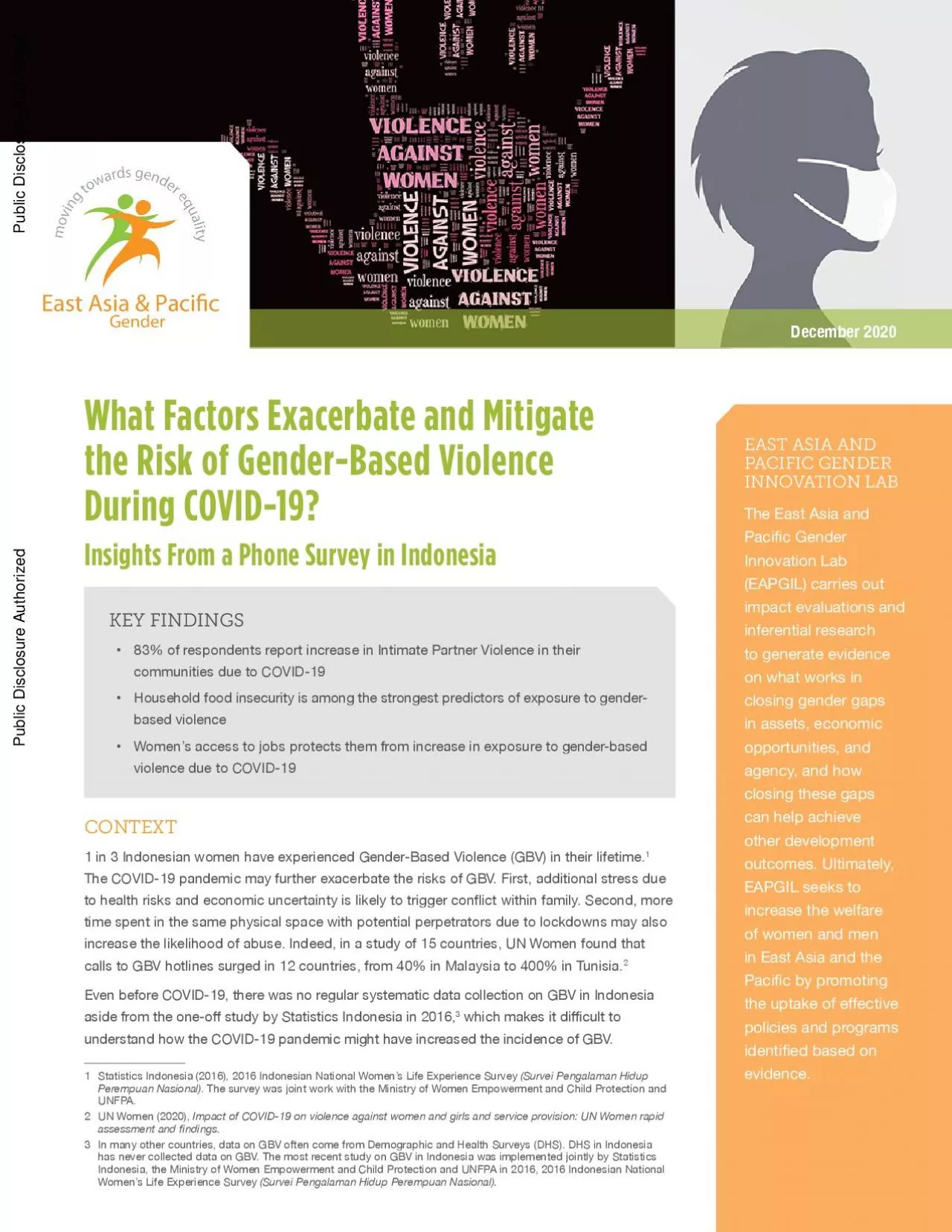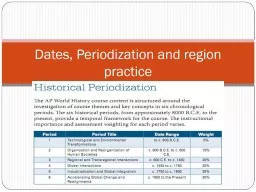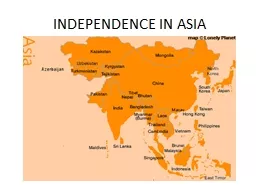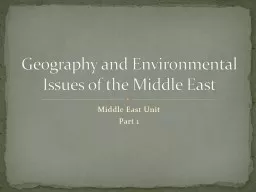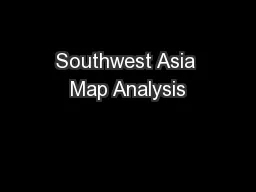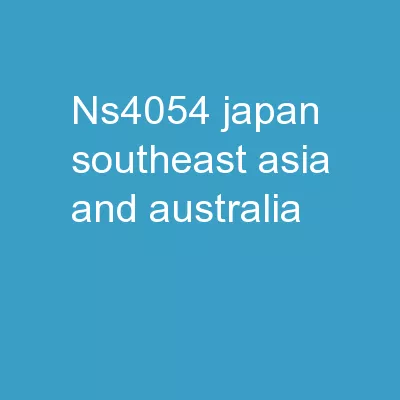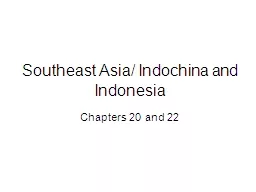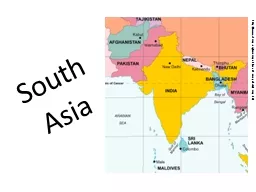PDF-EAST ASIA AND
Author : cappi | Published Date : 2022-09-09
December 2020 PACIFIC GENDER INNOVATION LAB The East Asia and Paci31c Gender Innovation Lab EAPGIL carries out impact evaluations and inferential research to generate
Presentation Embed Code
Download Presentation
Download Presentation The PPT/PDF document "EAST ASIA AND" is the property of its rightful owner. Permission is granted to download and print the materials on this website for personal, non-commercial use only, and to display it on your personal computer provided you do not modify the materials and that you retain all copyright notices contained in the materials. By downloading content from our website, you accept the terms of this agreement.
EAST ASIA AND: Transcript
Download Rules Of Document
"EAST ASIA AND"The content belongs to its owner. You may download and print it for personal use, without modification, and keep all copyright notices. By downloading, you agree to these terms.
Related Documents

